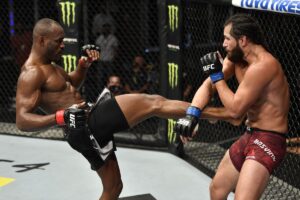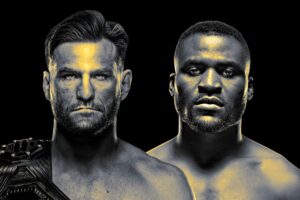Trends and Takes: Week 5
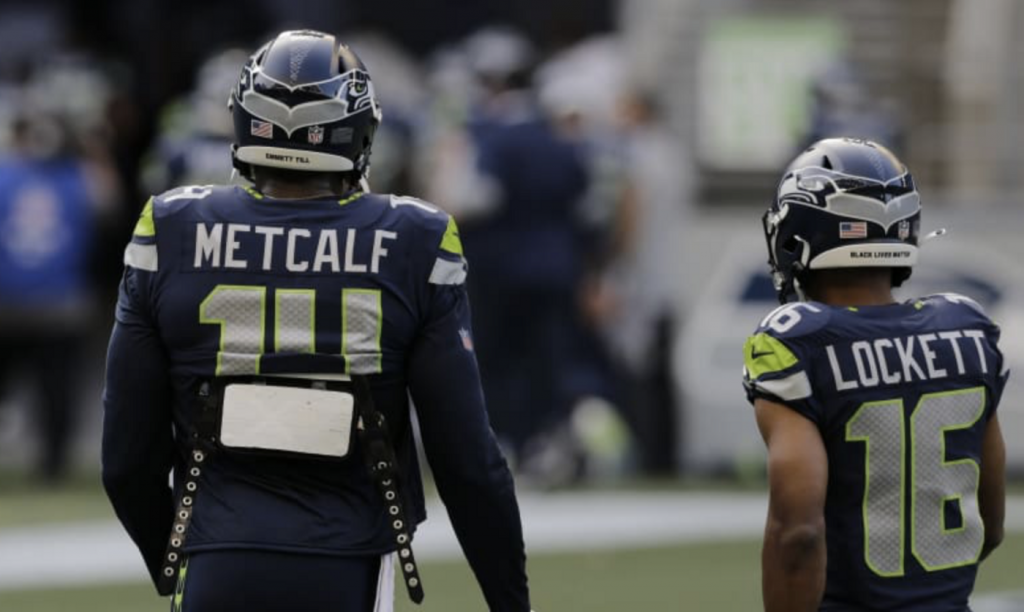
Written by Timothy Lewis (@TrendsAndTakes) — October 8th, 2020
The fourth week of the 2020 NFL season has come and gone. In other words, we have a four-game sample size to spot trends and develop takeaways. Welcome to season four of this column! If you’re not familiar, I use this time to identify the patterns that track sometimes obvious, sometimes under-the-radar, fantasy football assets. This year I will be offering additional Buy/Sell/Drop/Hold criteria. Statistics are courtesy of advanced analytics goldmine, PlayerProfiler, and trusty dusty Pro-Football-Reference.
D’Andre Swift
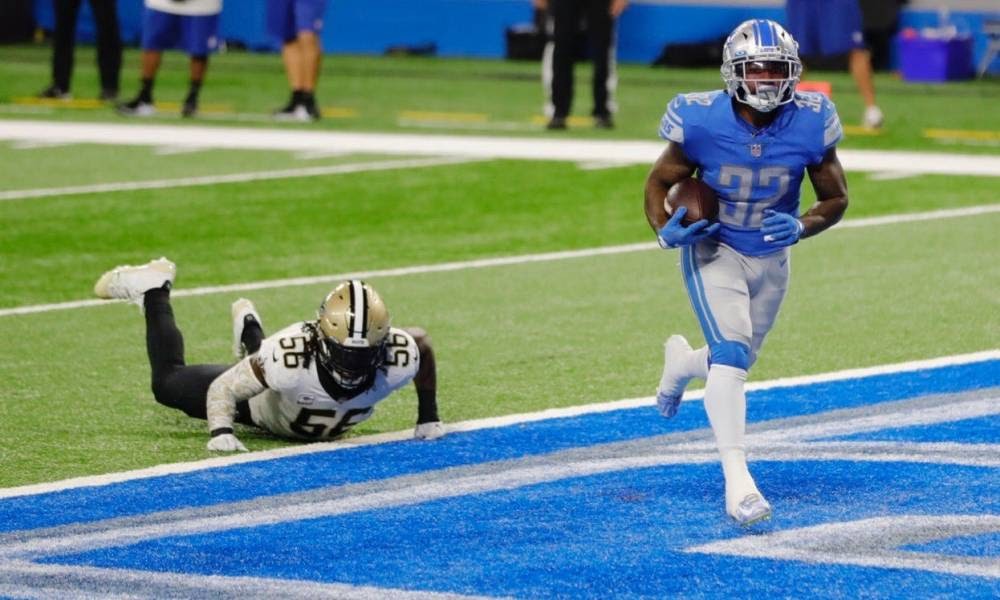
The Trends:
Snap share of 33.1%
4 targets per game
8th in receiving yards among RBs
The Takes:
Heads will soon roll. Don’t believe me? It’s already begun with the firing of Bill O’Brien. Soon to follow are the likes of Dan Quinn, Adam Gase, and yep, you guessed it — Matt Patricia.
This analysis isn’t intended to be coach-centric, but the variable does matter. Either the coach will appeal to young talent to save his job, or the new coach will feature young talent to see what they have. Both options spell positive things for D’Andre Swift.
We have to remember that Swift incurred an injury during the Lions’ shortened training camp and missed valuable reps. As a recourse, the team employed the services of the legendary Adrien Peterson. Anybody who knows football, knows that All Day is merely a stop-gap at this point in his career. In New Orleans, he was cast aside to make room for Alvin Kamara. In Washington, it was for Antonio Gibson. The process will once again repeat with D’Andre Swift.
So far, the back hailing from Georgia has not impressed. In fact, he’s had some gut-check moments (see: dropped TD pass in rookie debut). Additionally, despite rave reviews about his ability as a receiver, Swift has a staggering 18.8% drop rate on his 16 targets.
But drops are not automatically indicative of bad hands. There is some variability, just like fumble proneness, and year-over-year touchdown scoring. Outside of his mishaps, Swift functions like a competent receiver. He catches the ball in stride and makes things happen after the catch, as indicated by his 9.5 yards per reception.
The Lions didn’t spend an early second round pick on Swift because they LOVE Kerryon. And Peterson, bless his heart, can’t be a season-long reason to table such a talented player. This situation reminds me of Miles Sanders’ with the Eagles; A multi-faceted back with a ton of talent, who just needs the time to get his bearings, and the volume to get his rhythm. I don’t hate the Jordan Howard/Adrian Peterson parallel either.
Verdict: Compared to his rookie contemporaries Cam Akers and JK Dobbins, Swift has a far more obvious path to leading his backfield. Many fantasy managers spent a top-5-round pick on Swift. Savvy owners will swing a trade for the rookie, who profiles as a league-winner down the stretch.
D.J. Chark
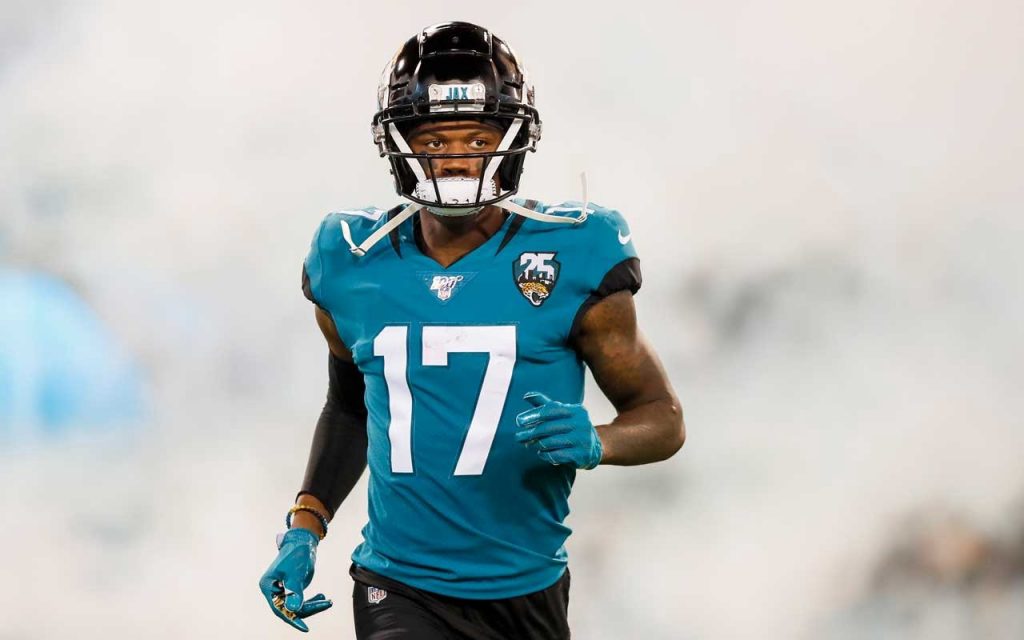
The Trends:
158.3 QBR when targeted (1st in NFL)
12.1 yards per target (8th in NFL)
5.3 targets per game
The Takes:
When discussing wide receivers you will often see me first reference the quarterback. There is no more co-dependent relationship in the sport. Few quarterbacks succeed without threatening wide receivers, and few wide-receivers are able to thrive without competent quarterback play.
Narrowing the focus to Gardner Minshew: Is he competent? The answer appears to be a resounding yes. Minshew ranks favorably in a number of efficiency metrics, and most importantly, is delivering the passing volume to sustain production.
The circumstances aren’t going to improve for Jacksonville. To put it lightly, this is a transition year for the franchise, and the expectation is pass-friendly game scripts going forward. The main struggles for Minshew have been with interceptions and drops. Perhaps defying conventional wisdom, these circumstances are actually ideal for D.J. Chark.
You see, Chark has already proven capable of being “the guy”. He’s had the 1000-yard season. He’s a downfield playmaker who benefits from a quarterback willing to risk it for the biscuit like Gardner Minshew. And while Minshew has dealt with drops from his wide receivers, they have not come by the hands of Chark, who has caught 15 of 16 targets on the season.
Verdict: Big dogs can’t be kept in the cage. They have to eat. We saw what happened when the Jaguars fed D.J. Chark in week 4. His competition for targets is not particularly strong, and this offense will be playing catch up a lot. Expect him to see 7–10 targets a game from here on out. A team may be looking to sell high. BUY HIGH.
D.K. Metcalf
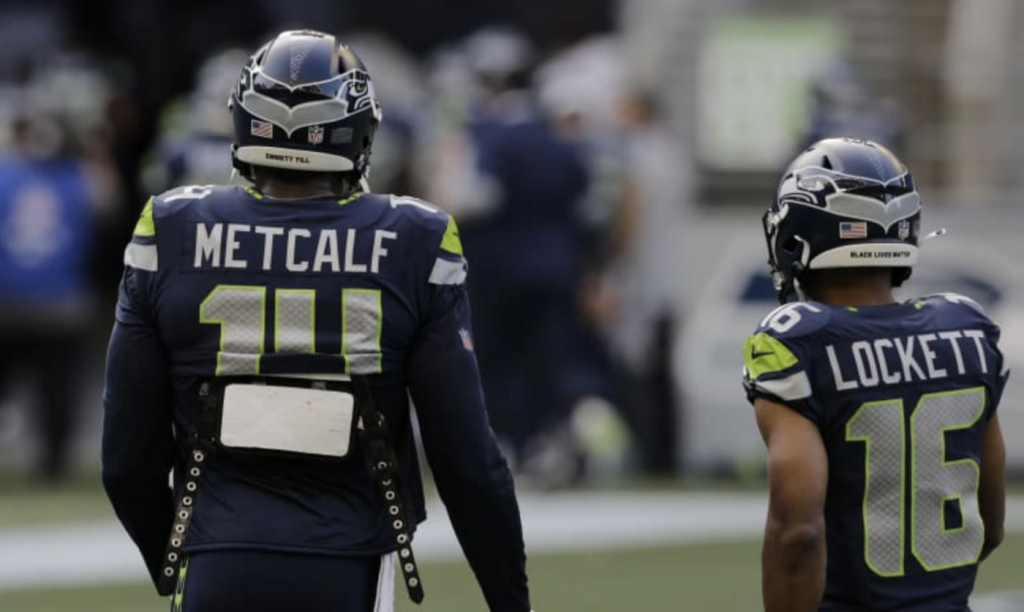
Trends:
7 targets per game
1 red zone target this season
3.9 average yards after catch
401 receiving yards (1st in NFL)
Takes:
Let’s ignore the superhuman physique, the imposing size, and the overwhelming athleticism signature to the Ole Miss product for a moment, and focus purely on production. Despite ranking 19th in targets, Metcalf ranks first in receiving yards.
Similar to the shot-blocking, 3-point-shooting big man in basketball, the sophomore Seahawk is a unicorn in how he combines production in two areas that are often mutually exclusive: Downfield playmaking and yards after the catch.
The “downfield playmaker” often has to track low-percentage passes and deal with safety help. In the event that they catch the ball, it’s rare that they do so with the balance to continue running, or without getting immediately tackled by a desperate defender. On the other hand, players who excel after the catch generally have a shallow depth of target and operate with more space between themselves and defenders. Metcalf is 5th in air yards and 10th in yards after the catch. He’s the alpha and the omega.
There isn’t a cornerback that can guard D.K. He demonstrated as much as he treated Stefon Gillmore like another day at the office. It was akin to *whispers* Calvin Johnson. That may be sacrilege, but there’s a fundamental inevitability to Metcalf that is reminiscent of Megatron. He combines positional nuance with unmatched physical prowess.
Now that Seattle’s coaching staff #LetRussCook, can they please dial up 10 targets per game for D.K.-Prime? Tyler Lockett is a hell of a player, and there are several talented playmakers on this Seahawks offense, but with his demonstration thus far, the talent of Metcalf demands more. And it’s reasonable to expect that.
Should Metcalf’s targets remain roughly the same, there’s still one obvious area of untapped potential in his 2020 usage portfolio: Red zone targets. In 2019, Metcalf accounted for a 21.4% red zone target share. In 2020, that number has dropped to 4.8%. Imagine a world where D.K. Metcalf maintains a 4.8% red zone target share over the course of an entire season.
Verdict: He’s the WR1 this year. BUY … If you can.
Melvin Gordon
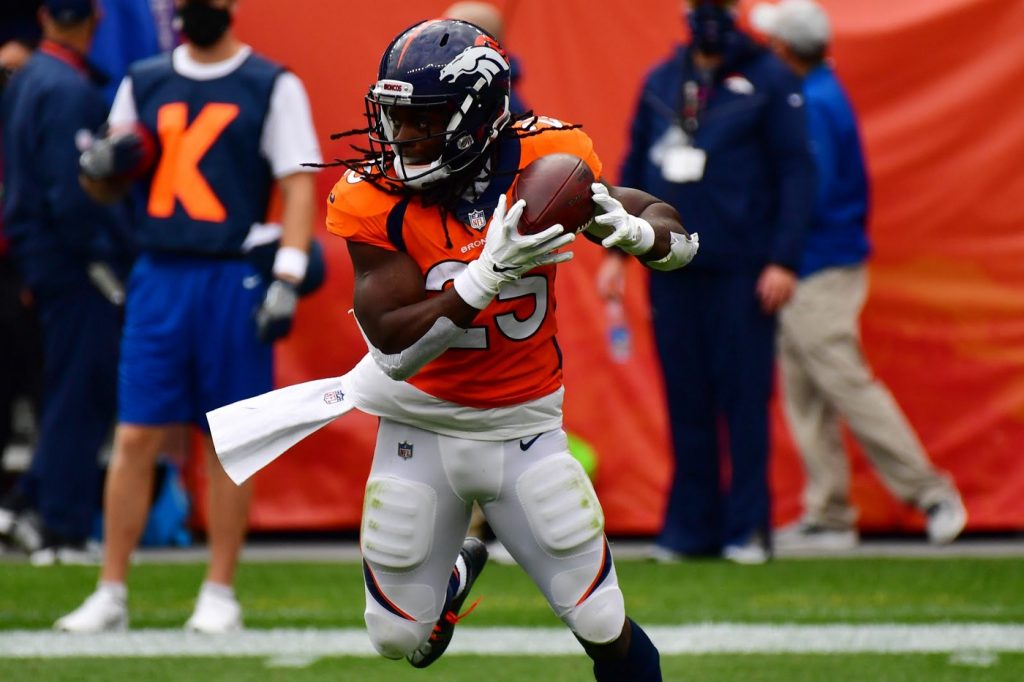
Trends:
5 runs of 15 yards or more (2nd in NFL)
21.8 routes run per game (8th in NFL)
Averaging 19 touches per game
Takes:
This year’s draft felt like a minefield of second contract running backs, those with dubious injury histories, or both. Observing the likes of James Conner, Todd Gurley, Le’Veon Bell, and David Johnson, the results have been mixed.
Of these players, Gordon was the only to receive a multi-year contract ahead of the 2020 season. It seemed as though Denver was looking to protect their young quarterback by feeding an established workhorse. Then, inexplicably, Phillip Lindsay weaseled his way into a significant committee role before succumbing to his week 1 injury. Lindsay is expected back as soon as week 5.
Melvin Gordon is no stranger to injury himself. The Wisconsin star has accumulated a number of lower-body injuries. In 2017, he endured a foot sprain and a knee strain. Then a hamstring strain and a MCL sprain in 2018.
The time off in 2019 may have done his body well, as Gordon has made a number of explosive plays. His usage as a receiver grants a stable floor, even with the inevitable return of pesky Phillip Lindsay. He’s a talented, game-script-proof back on an offense plagued by injuries. But…
The days of Melvin Gordon being an RB1 are over. He no longer has Rivers’ friendly check-downs, or a competent passing attack to divert attention. Nor does he play for a team that makes trips to the endzone. The way I see it, the volatility of being on a bad team is smoothed out by the volume and activity in the passing game. Unfortunately, the friction between the two caps Gordon’s upside.
Verdict: Gordon is a bankable talent who will receive consistent volume on a team that will struggle to be competitive most games. Running backs are at a premium, so while Gordon’s health concerns and team environment may be relevant, his current availability and usage more than compensate. He’s useful to any team and therefore a strong HOLD unless blown away with an offer.


